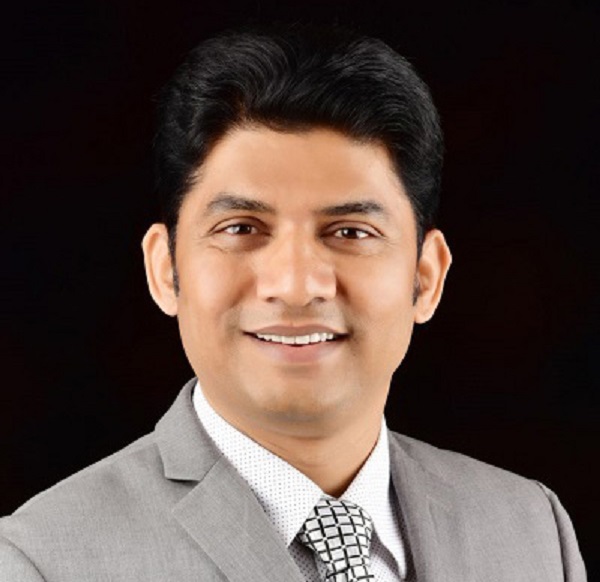Being a CIO at a healthcare provider with over 6,000 beds and operating in a country with over 1.3 billion people forces you to come up with a game plan on how to be better prepared in case another pandemic hits the world.
It is where Nandkishor Dhomne stands at the moment as he currently serves as the Chief Information Officer and Vice President of IT at Manipal Health Enterprises in India.
During his closing fireside chat at the Healthcare Frontiers 2020 Conference, he detailed his hopes and aspirations for the entire sector, and identified where it must allot time, effort and money in order to be better armed in case of another future pandemic: “a war-like preparation” is necessary, he said.
For the near future
“We need wearable and mobile technology and it really needs to be strengthened. Now, 5G is coming and 5G devices are getting released and launched by Samsung, Apple and others. To enable mobile technology, you basically need to mainstream the technology for the deployment of a lot of applications,” Dhomne stated.
He added that utilization of wearable and mobile technology will also be the key development moving forward as it can enable multiple parties to communicate remotely through various virtual platforms “provided the last-mile technology is taken cared of.”
Dhomne said that next on his list of things to prepare to combat another pandemic of this level is the organization of big data for mapping the spread and tracing of patients.
“Today we have the Aarogya Setu app in India and that is a good initiative. With that, I can put my data into the system so the government machineries they now know where I am and whether I am safe and positive or not positive with COVID-19,” Dhomne further shared.
Likewise, he said that developing more virtual healthcare platforms that are more effective, efficient and user friendly will be beneficial. He mentioned that the use of AI and big data in producing and distributing some sort of warning and guidelines during a pandemic is something that should be given attention. In order for that to happen, there should be datapoints and inputs paired with a strong mobility system to produce an algorithm to observe how and where the spread is happening, which can also disseminate automatic guidelines that vary per age group.
“Can there be an automated checklist specific to a person’s age and lifestyle sent via a mobile platform? It is important because a checklist to be followed by a 10 year old child may not be administered to a 64 year old,” Dhomne explained.
At the same time, he pointed out that the world needs to find a solution to fight misinformation and fake news, citing that there has to be positivity and leadership at the national level to properly handle the pandemic. He highlighted the importance of coming up with technologies that can provide essential services without making physical contact as it can multiply the speed, accuracy and reliability of thermal screenings and other diagnostic procedures. He also expressed that cybersecurity and all of its elements such as firewalls and remote logging will need focused attention, now that so many people are working from home.
For the now
“There are so many things we learned from this pandemic — be it on a personal, professional or societal level. This is going to transform and change the way we do things even in geopolitical equations, politics, the healthcare ecosystem, technology, supply chain, manufacturing – every other industry will be affected,” he opined.
He expressed that the technology landscape in Manipal is already “quite mature” with technologies such as IoT, RPA and AI-based applications in several phases and forms available at his disposal. His organization also ramped up the use of telemedicine and video consultations by launching an app that can provide services for registration, appointment and payment and is integrated with the laboratory and pharmacy divisions.
Dhomne shared that several efforts were being made improve the IT function during the pandemic — especially since all support divisions that used to operate in corporate offices were suddenly forced to work in the comfort (or discomfort) of their own homes.
As an example, he mentioned that the IT team had to come up with a way of processing purchase orders released by supply chain personnel in a remote set up. The hospital was functioning with doctors coming into the facility and attending to patients, so the supply of masks and personal protective equipment (PPE) had to be uninterrupted.
“HR processes must be fulfilled sitting at home and they are not going to the office — so to offer all those on a laptop, iPad or desktop was an important thing. Also, the finance function — when logistics and HR are working, there is a requirement for the finance function to make sure that payments get to the vendors on time, while they are also at home,” he explained.
Dhonme also shared that Manipal’s current cybersecurity system is strong and being periodically audited. “It’s not a one-time deal for us and there’s always a review, there’s always improvement and there’s always a continuous process of how we can enhance security. This is considering the fact that globally, healthcare organizations are the key target today from the hackers’ perspective,” he concluded.
















